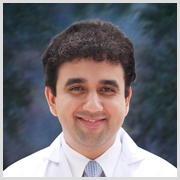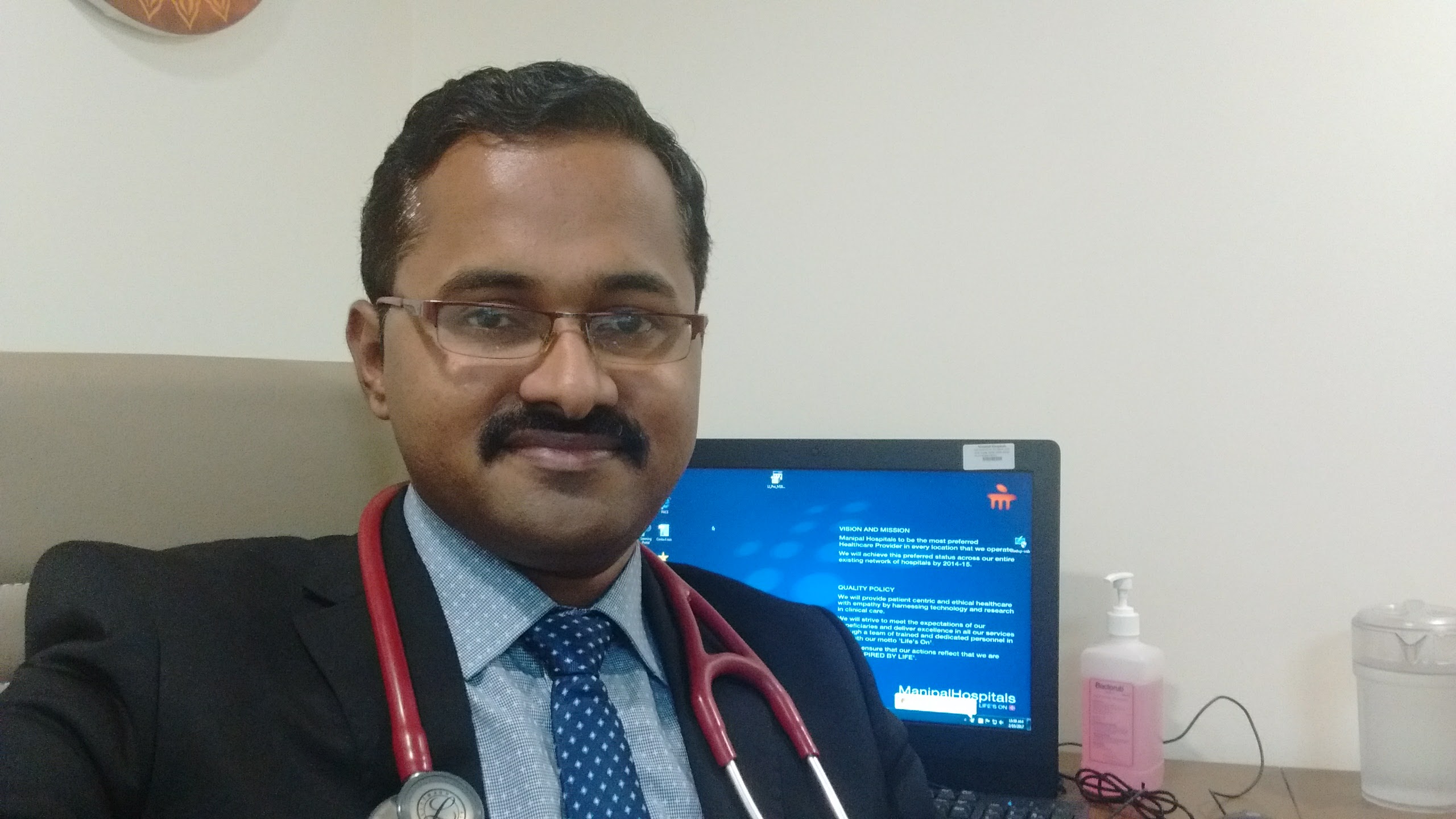Safety in Hospitals Is Everyone’s Concern. Say No To Violence
Medical profession is considered noble and doctors worldwide work very hard to improve the health and save the lives of their patients. During times of natural calamities or disasters, doctors rush to the affected areas and carry out humanitarian and healthcare relief work. In the honour of doctors, in India we observe National Doctors’ Day on July 1 every year. On this day, we recognise the contributions of physicians to individual lives and communities. Also, we celebrate the National Doctors’ Day across India to honour the legendary physician and the second chief minister of West Bengal, Dr. Bidhan Chandra Roy who played a pivotal role in modernising the healthcare in India in the post-independence era. The Indian Medical Council’s theme this year is “Safety in Hospitals Is Everyone’s Concern. Say No To Violence”.
Medical advancements
Medical science in India has advanced tremendously over the decades with latest digital advancements and breakthrough in medicines. “In the last few years a lot of work has gone into ensuring that we overcome vaccine preventable diseases. However, we still have a lot of work to do in the fields of primary care, research and development, as well as access to affordable health care,” says Dr. Anoop Amarnath, chairman – Geriatric Medicine, chief of clinical services, Manipal Hospitals.

Dr Anoop Amarnath
Dr. Pradeep Haranahalli, Chief Consultant Cardiology, Manipal Hospitals, Whitefield, Bangalore goes on to add that “The most recent advancements are the expansion in accessibility of quality healthcare through federal health insurance schemes that cover at least half the population. Also, there is rapid expansion in Indian manufacturing of low-cost medical devices like stents and other implants, backed by robust clinical trial data, proving them non inferior to existing standard of care. This has led to larger worldwide acceptance to Indian medical devices.” “We are in no way inferior to any part of world and with the limited available resources excellent health services are being rendered in the hospitals today,” says Dr. Srigiri. S. Revadi, Head of Department of Pulmonary Medicine atThe Bangalore Hospital and as a Consultant at Raghav Diagnostic and Research Centre, in Bangalore.
Irrespective of much advancement we still lag in preventive medicine. “The push towards preventive medicine has not gained enough momentum in our country. Both the public and private players should join hands, while the government should allocate necessary funds for preventive medicine. Also, the central government should allocate more funds towards health initiatives,” says Dr Arvind Conjeevaram, consultant nephrologist, the Bangalore and Sagar Hospitals, Bangalore.
Shortage of doctors

Dr. Pradeep Haranahalli
Irrespective of scores of medical graduates passing out every year we still have a shortfall of doctors. “There is a shortage of about six lakh doctors in India. According to the recent statistics, we have one government doctor for every 10,189 people as against the WHO recommendation of one for every 1000,” adds Dr. Amarnath.
Dr. Haranahalli further adds that the government has given a major thrust to the traditional Indian system of medicine by introducing and promoting AYUSH (Ayurveda, Yoga, Unani and Homeopathy) regulated by central council of Indian medicine (CCIM) under independent ministry of AYUSH. While including the AYUSH graduates, the requisite 1:1000 has already been met by 2018. However, the situation is worse when only government allopathic doctors are counted which is about 1:11000. But the actual problem is in the distribution of doctors throughout India. About 75 percent of dispensaries, 60 percent of hospitals and 80 percent of doctors are based in urban areas whereas about 67 percent of Indian population live in the rural areas. In Jharkhand, there is only one doctor for 8180 people.
Key concerns of doctors
According to Dr Conjeevaram, Indian government doctors face a myriad of problems. The government hospitals are understaffed and the doctors are therefore overworked, with less than suitable monetary compensations. These hospitals have poor facilities and are overcrowded with patients. On the other hand, doctors in private hospitals face tremendous work pressures in dealing with patients with multiple problems.
Violence against doctors

Dr. Srigiri. S. Revadi
Over the years, there have been many instances of violence against doctors almost on a daily basis. A recent report from Indian Medical Association states that at least 75 percent of doctors have faced violence at the work place – a stat that tallies with other Asian countries. The Indian Medical Association (IMA) has been demanding a national law against hospital violence. The organisation has declared a zero-tolerance policy against violence on doctors and healthcare establishments. It has also passed a resolution against violence on healthcare establishments and urged the government to bring stronger legislation against this menace.
Dr Conjeevaram adds that government should enact stringent laws against violence in medical establishments, arrest those who resort to violence and fast track such cases in courts.
According to Dr. Amarnath, any violence against doctors or clinical establishments, should be considered a non bailable offence. “Nothing justifies violence – especially against doctors. Obstruction to carrying out duty by a government or public servant is booked under section 152 or 186 of the IPC. Likewise, the people obstructing or assaulting a doctor while discharging his/her duties should be booked under similar stringent laws,” he says.
According to Dr. Haranahalli, we need to understand that the practice of medicine and diagnosis of a patient is essentially an initial hypothesis followed by deductive process, based on symptoms, physical signs and investigation reports. Whatever the diagnosis, there is always a risk of negative outcomes which does not mean negligence. Hence media should adopt a responsible, non-judgmental and balanced approach while reporting such instances. People should share only accurate information on social media so that violence is not incited.
Odeal D’Souza
Posted in National, News



























